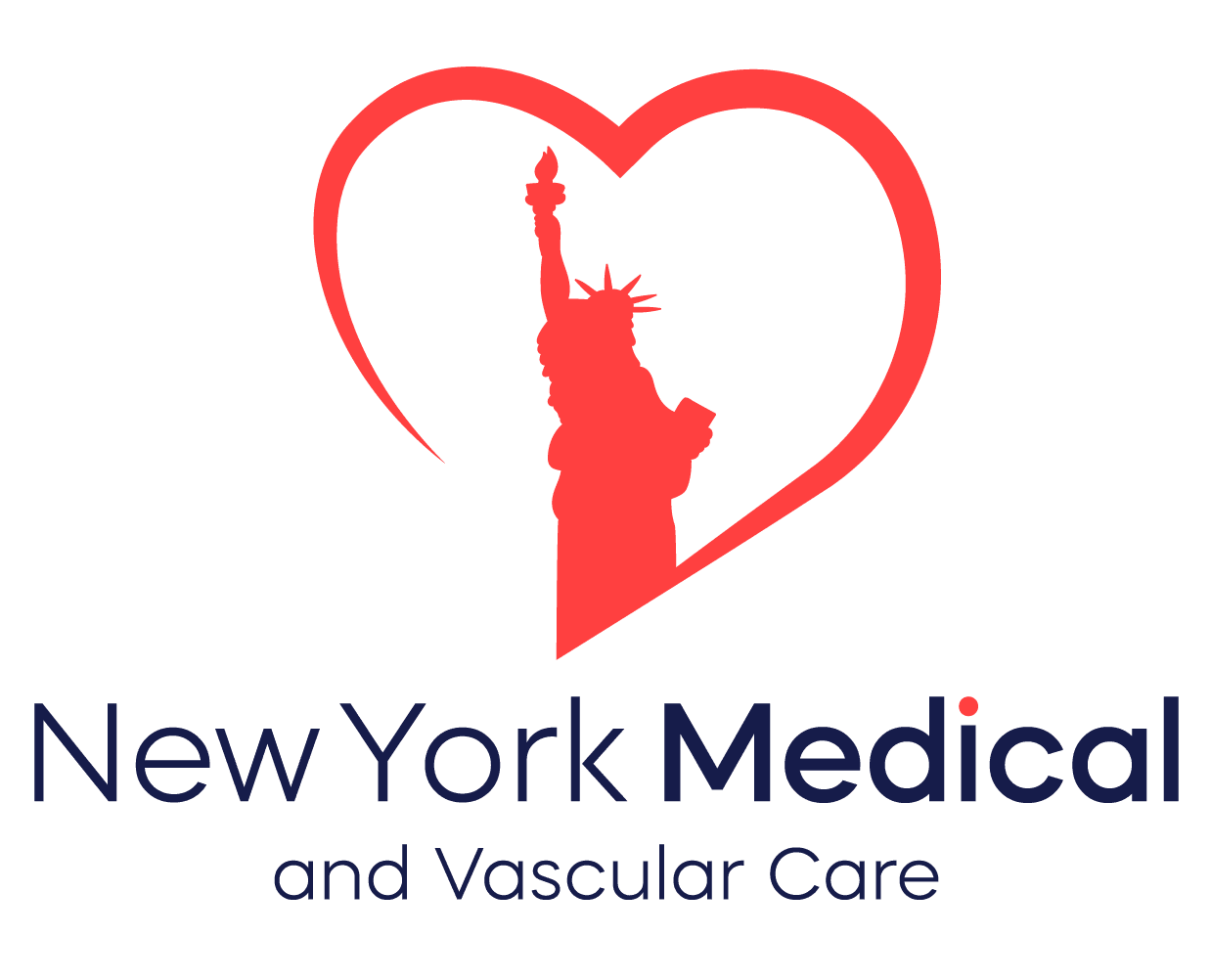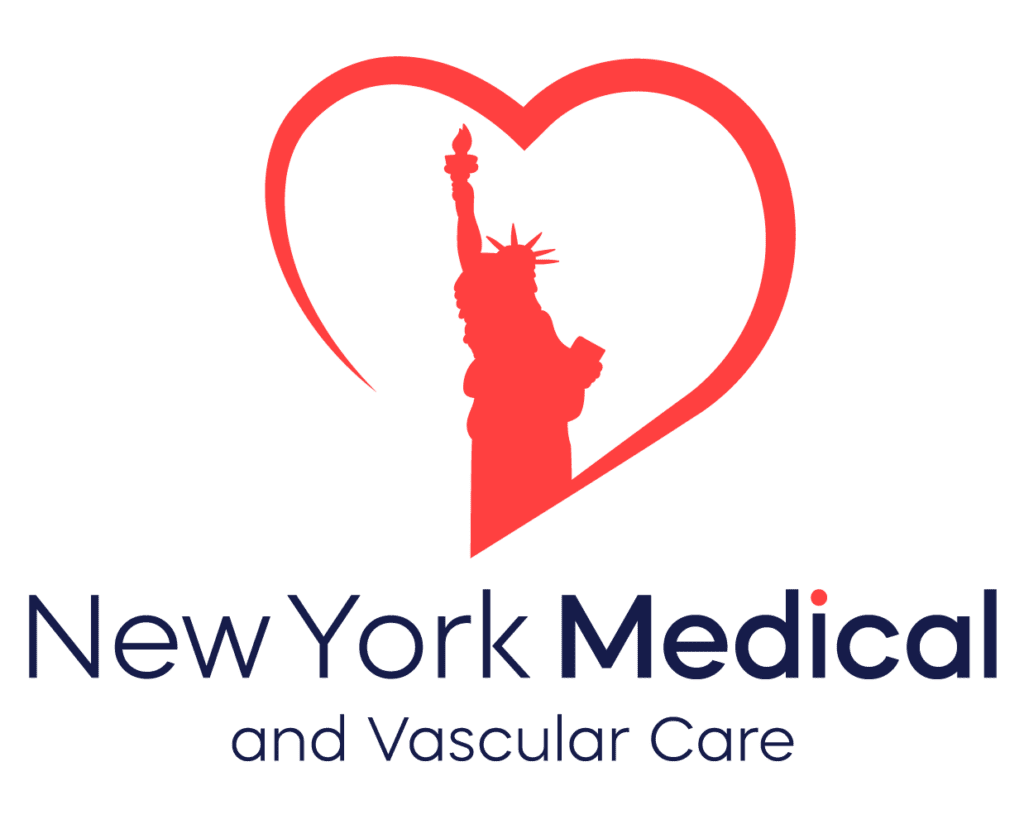That tight, cramping pain in the calves after a few blocks, the relief when you stop—that’s classic intermittent claudication, the most common symptom of PAD. In April 2025, the Society for Vascular Surgery (SVS) released a focused guideline update that refines how clinicians should sequence therapy. The theme is clear: optimize medical therapy and exercise first, then consider revascularization when symptoms still limit life. Here’s what that means for you. (PubMed)
Step 1: Know your numbers and risks
A simple ankle‑brachial index (ABI) confirms PAD. Next, tackle risk factors aggressively: high‑intensity statins, blood‑pressure control, smoking cessation, diabetes management. The 2024 AHA/ACC PAD guideline makes these Class I recommendations, and they remain the foundation whether or not you need a procedure. (American College of Cardiology)
Step 2: Exercise is not optional—it’s first‑line therapy
The SVS update and global consensus documents emphasize supervised exercise therapy (SET) or structured home programs as first‑line treatment to improve walking ability, function, and quality of life. Programs usually involve 30–60 minutes of intermittent walking to near‑maximal pain, three times a week, for 12 weeks or more. Medicare and many insurers cover SET for PAD. (Journal of Vascular Surgery, EJves, CMS)
What if you can’t attend a SET program? Evidence supports structured, coach‑supported home‑based walking and even non‑walking options (like arm‑ergometry) when leg pain is severe. The key is structure and progression, not random steps. (American College of Cardiology)
Step 3: Medications that help you walk farther
The 2024 AHA/ACC guideline recommends cilostazol to improve leg symptoms and increase walking distance—unless you have any degree of heart failure. Pentoxifylline is not recommended. For many patients, a trial of cilostazol alongside SET yields meaningful function gains without procedures. (professional.heart.org)
Step 4: Antithrombotic strategies to reduce events
Because PAD is a whole‑body atherosclerotic disease, event prevention matters. Guidelines recommend single antiplatelet therapy for symptomatic PAD, and in select patients low‑dose rivaroxaban (2.5 mg twice daily) plus low‑dose aspirin to reduce MACE and major adverse limb events (MALE)—especially after revascularization or in high‑risk symptomatic PAD. Your clinician will individualize therapy based on bleeding risk. (American College of Cardiology)
Step 5: When to consider a procedure
If functionally limiting claudication persists despite guideline‑directed medical therapy and structured exercise (with or without cilostazol), revascularization—usually endovascular for aortoiliac and many femoropopliteal lesions—can improve walking and quality of life. The SVS update highlights shared decision‑making: anatomy, durability, comorbidities, and your personal goals all matter. (PubMed)
What a patient‑centered plan looks like at NYMVCare
- Diagnostic confirmation with ABI/duplex ultrasound; sometimes advanced imaging.
- 12‑week exercise prescription (SET or structured home‑based), with weekly progress tracking.
- Risk‑reduction bundle: statin, BP target <130/80, smoking cessation support, diabetes optimization, and foot‑care education.
- Cilostazol if appropriate; stop if side effects or if any heart‑failure history emerges.
- Reassess at 8–12 weeks. If walking remains limited and imaging shows treatable disease, we discuss endovascular options—stents/balloons tailored to lesion location.
- Long‑term follow‑up to maintain gains, optimize medications, and monitor symptoms. (American College of Cardiology)
Motivation matters
The biggest predictor of success with claudication is sticking with the plan. Patients who complete SET or a structured home program often double their pain‑free walking time and feel more confident being active again. Our team helps you find the right schedule, shoes, terrain, and pacing so progress feels doable—not daunting. (American College of Cardiology)
The bottom line
For most people with claudication, exercise + optimal meds come before any procedure. When you need a procedure, we’ll choose the least invasive option that meets your goals. Start with a comprehensive PAD visit at NYMVCare—call 1-877-877-1118 or book online—and we’ll walk this path together. (PubMed, American College of Cardiology)
Educational content; not medical advice.


